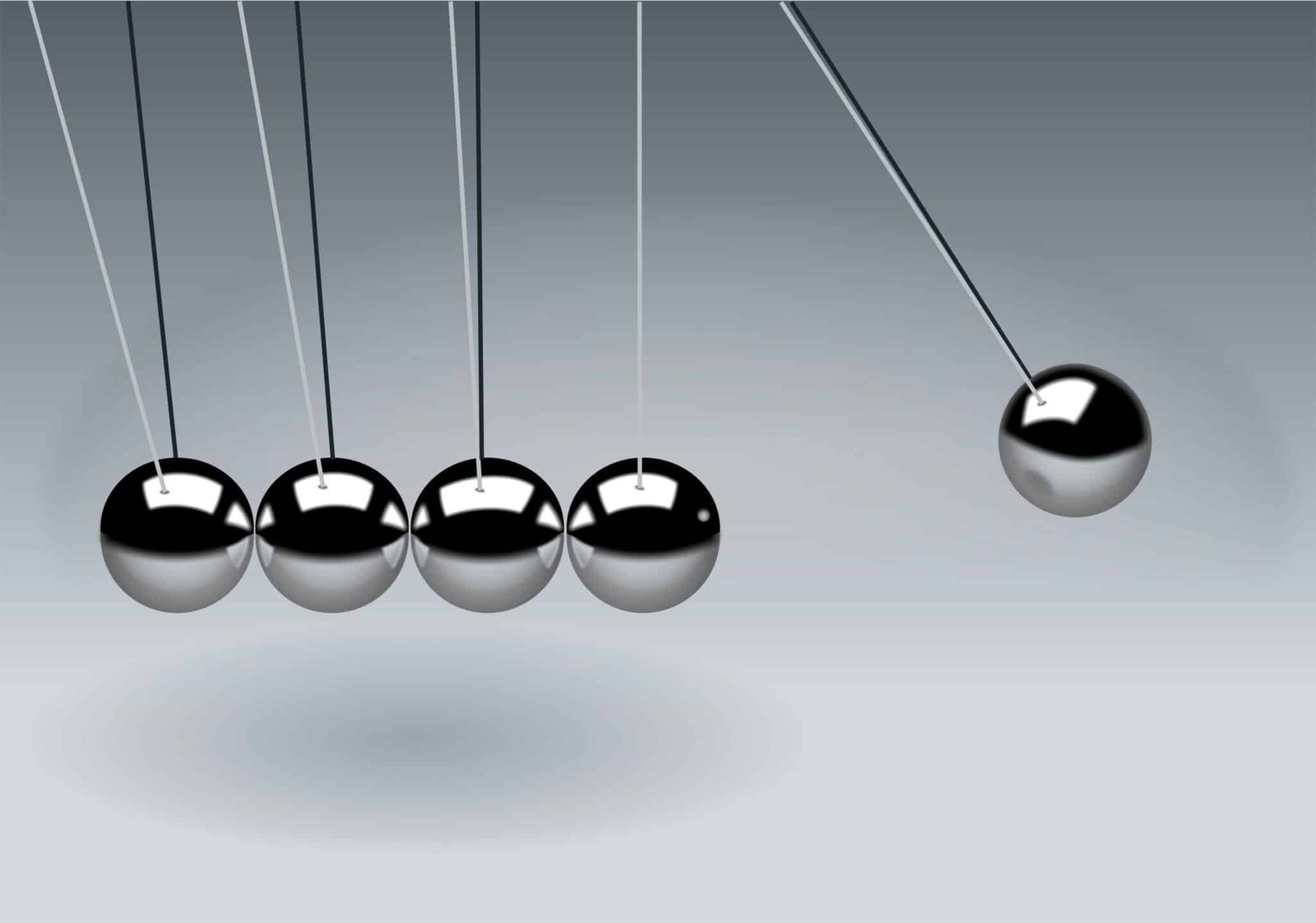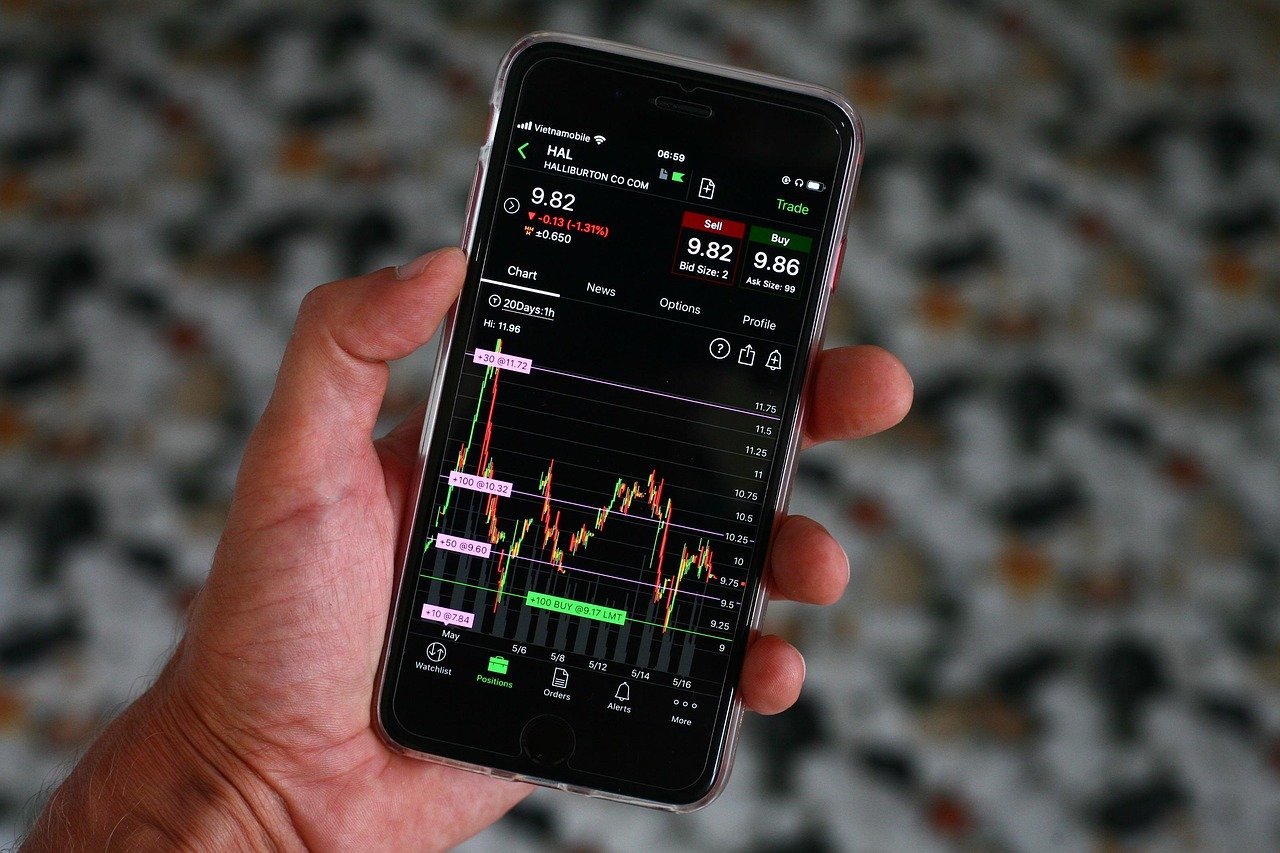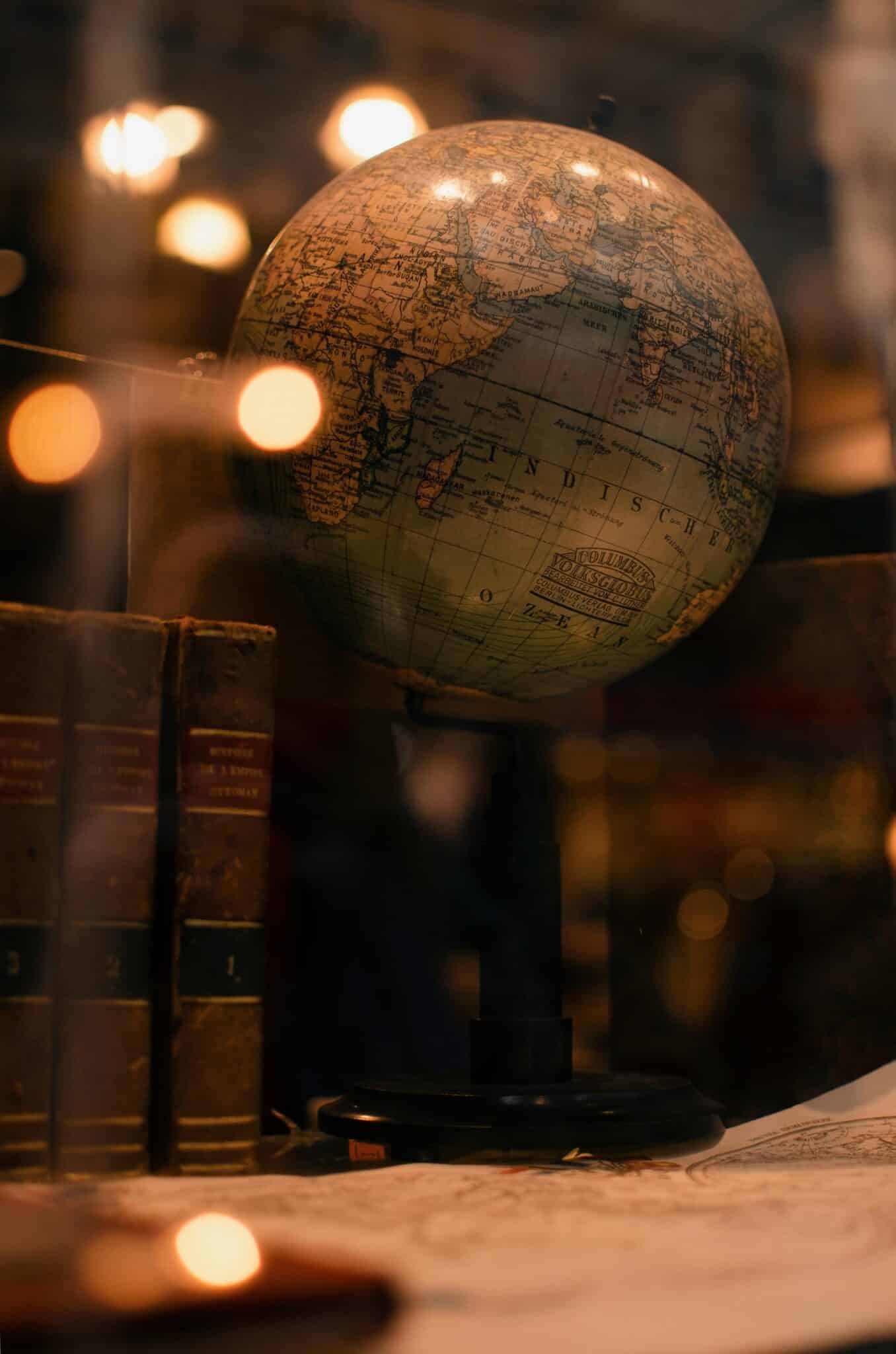We all know Sir Isaac Newton is the father of the theory of gravity. In 1687, he introduced the concept in Philosophiæ Naturalis Principia Mathematica. The book explained how objects with mass attract one another. Over time, his ideas shaped modern physics. They continue to influence space exploration and everyday life.
Today, we talk about the theory of gravity. Let’s explore its origins, principles, and real-world applications. We will compare it to later discoveries like general relativity.
The Origins of Newton’s Theory of Gravity
Before Newton, people had different ideas about why objects fall. Also, they argued how celestial bodies move. The Greek philosopher Aristotle believed objects naturally moved toward the Earth’s center. Thus, the view persisted for centuries. However, scientists like Copernicus and Kepler challenged the opinion.
- Nicolaus Copernicus suggested that the Sun was at the center of the universe. It was not Earth.
- Johannes Kepler refined the model. He introduced three laws of motion. They showed that planets orbit in ellipses. The movement is not a perfect circle.
Therefore, Newton built on the ideas. He proposed that the same force causing apples to fall keeps the Moon in orbit around Earth. It also keeps the planets around the Sun. Also, his work combined mathematics and observation. It explained motion in the universe.
The approach is the basis of classical mechanics. It shows how foreign bodies follow the same principles. His knowledge explained why planets move in predictable paths. The theory of gravity also says how objects fall toward Earth’s surface at the same speed.
One of the breakthroughs in proving Newton’s theory came through the work of Henry Cavendish. He conducted the famous Cavendish experiment in who in 1797–1798.
The expert mind used a torsion balance. Next, Henry was able to measure the gravitational attraction between small lead spheres. It allowed him to calculate the gravitational constant (G). The experiment confirmed Newton’s law of universal gravitation. The experiment led to many gravitational studies.
The Apple Story and Theory of Gravity: Myth or Reality?
A popular story suggests Newton’s theory began when an apple fell from a tree. However, the historians debated whether the exact event happened. Newton himself mentioned that seeing an apple fall made him think about gravity.
The simple observation led him to develop the law of universal gravitation. The falling apple helped Newton question why objects move downward. Later, he discovered same force that affects the apple influences the Moon’s motion around Earth.
Newton realized that objects fall because of an invisible force. It pulls them toward Earth’s center. The insight was revolutionary. It linked everyday occurrences with the universe. It formed the basis of gravitational theory.
Even though the apple is exaggerated, it inspired Newton. As a result, he formulated one of the most important scientific principles in history.
Newton’s work also answered a major unanswered question for centuries. Everyone wondered how the planets remained in their orbits. Newton identified gravity operates the same. Moreover, it is proportional to mass and distance.
Also, he explained earlier and flawed models. Newton corrected Aristotle’s view. However, his ideas were built on Galileo Galilei’s work. Newton factored in Galileo’s observations of free-falling objects. Newton showed all objects, regardless of mass, accelerate at the same rate in a vacuum.
Laws of Motion and Theory of Gravity
Before fully understanding Newton’s theory of gravity, we must explore his three laws of motion. They are the laying ground for physics.
First Law (Inertia)
An object at rest stays at rest. In contrast, an object in motion stays in motion. However, an external force changes the course.
- Example: A rolling ball will keep moving. However, friction or another force can stop it.
- The law explains why objects don’t change their motion without a cause. If space had no resistance, a spaceship would move without course. Gravity ensures a spacecraft operates in orbit. It also explains why seatbelts are necessary. If a car suddenly stops, the passengers will keep moving forward. Gravity stops movement.
Second Law (Force and Acceleration):
Force equals mass times acceleration (F = ma). In other words, more force is needed to move heavier objects.
- Example: It’s easier to push a bicycle than a car.
- The law quantifies how much force is required to change an object’s motion. It allows engineers to design machines. They can design better vehicles and aircraft. Foremost, experts calculate the force needed for acceleration. It also applies to sports. For example, a baseball pitcher must exert more force to throw a fastball at higher speeds.
Third Law (Action and Reaction)
Every action has an equal and opposite reaction.
- Example: When you jump, you push down on the ground. Also, the ground pushes you up.
- The principle explains rocket propulsion. Rockets push exhaust gases downward. In return, they are propelled upward. It also explains recoil in firearms. The third law explains how birds fly. It proves why boats move backward when someone jumps off.
The laws helped Newton develop his theory of gravity. They explain how gravity works. Moreover, it shows how all forces influence motion. The laws allow scientists to predict the motion of objects. Experts can foreshadow simple projectiles to massive celestial bodies.
Newton’s laws are a must in physics and engineering. They help us design everything from bridges to spacecraft. The theory of gravity remains an essential part of modern mechanics. Now, it influences robotics, aviation, and space exploration.
Newton’s laws also provided the framework for Kepler’s laws of planetary motion. Kepler had described how planets moved. However, he lacked the underlying explanation. The equations showed the planetary orbits are a balance between inertia and the gravitational pull from the Sun.
Newton’s Law of Universal Gravitation
The law of gravity states that every object in the universe attracts every other object with a force. The force depends on:
- Firstly, the masses of the two objects
- Also, the distance between them
The equation for the law is:
Where:
- F = gravitational force
- G = gravitational constant
- m1 & m2 = masses of two objects
- r = distance between objects
This equation shows that:
- Larger objects need stronger gravitational pull.
- In contrast, gravitational force weakens when distance increases.
For example, Earth’s gravity keeps the Moon in orbit. The Sun’s gravity holds the planets in the solar system. Newton’s discovery allowed scientists to predict the behavior of planetary motion accurately.
The principle also applies to artificial satellites, space travel, and astrophysics. Engineers and astronomers rely on Newton’s gravitational law. They calculate spacecraft trajectories. The laws explain the formation of the universe. It discusses how objects interact in space.
Presently, the law of universal gravitation is still used to calculate gravity between bodies. In short, it is a cornerstone of modern physics.
Additionally, Edmond Halley is a close friend and supporter of Newton. He used Newton’s laws to predict the return of a comet. Later, the historians named it Halley’s Comet. The success shows real-world applications of Newton’s gravitational theory. It shows accurate predictions of the planets.
How the Theory of Gravity Shapes Our Universe
Newton’s theory of gravity explains many natural phenomena:
- Foremost, the Sun’s gravity keeps planets in their orbits.
- Secondly, the Moon’s gravity affects ocean tides.
- In addition, the objects on Earth fall due to gravity.
- Lastly, the weight Differences on Other Planets. In other words, the gravity varies based on planetary mass.
Even today, we use Newton’s equations to calculate space missions. Gravity laid the formation and evolution of the universe. It has influenced the skies for over billions of years.
Also, it plays a role in forming the stars and planets. The study of gravity has led to huge advancements. It is widely such as GPS systems. Now, we rely on precise calculations. Newton’s principles help astronomers study planets. Experts can learn about black holes and dark matter. The theory of gravity impacts modern science today.
His ideas explain the grand scale of the universe. The theory of gravity explores new boundaries in space research. Furthermore, Newton’s work led to discoveries in gravitational wave detection. It confirmed Einstein’s predictions about spacetime and massive cosmic events.
The Influence of Newton’s Work on Modern Science
Newton’s theory of gravity still affects modern research and tech developments. It helps engineers design satellites. The experts understand motions. The theories explain space missions. Einstein’s relativity boosted Newton’s ideas. Newton’s gravity applies to spaceflight and engineering. His laws remain relevant in astronomy, aviation, physics, and robotics. It proves their long-lasting impact. Therefore, scientists continue to test and refine gravitational theories. Nonetheless, Newton’s principles remain an essential part of scientific progress.
Additional Key Details Not Included in the Summary
The Cavendish Experiment and Measuring Gravity
Henry Cavendish confirmed the theory of gravity. It was in 1797–1798. He conducted the Cavendish experiment. The experiment involved a torsion. He balanced it to measure the gravity between lead spheres.
Next, it allowed him to calculate the gravitational constant (G). It was for the first time. The experiment was a proof of Newton’s gravitational law. But, it also set an estimate of Earth’s mass. Therefore, cavendish’s findings are essential for future advancements. In short, they are the source for many studies in physics and space.
Kepler’s Laws and Newton’s Explanation
Newton’s work built on Johannes Kepler’s three laws of motion. They describe how planets move in elliptical orbits. Furthermore, they sweep equal areas at equal times. As a result, a numerical relationship is there between orbits and the Sun.
However, Kepler did not explain the way planets move. Newton provided the missing link. It showed that the gravitational force from the Sun influences planetary motion. The equation shows how Kepler’s laws prove gravity. Therefore, they show gravity is a universal force. It is present in all cosmos.
The Role of Edmond Halley
Edmond Halley is a respected astronomer. He was also a mathematician. They played a crucial role in Newton’s discoveries. Halley encouraged Newton to publish his findings on gravity. It was released in in 1687. Furthermore, Halley used Newton’s laws to predict the return of a comet.
Halley’s Comet identified the orbit and its movement with the gravitational rules. His successful prediction proved that celestial bodies follow Newtonian mechanics. It improved the credibility of Newton’s gravitational theory.
Thank Theory of Gravity today
Newton’s theory of gravity is one of the most influential scientific discoveries. His work explained how celestial bodies move. It laid the foundation for physics and space. Fortunately, Einstein expanded our understanding. Newton’s principles remain essential for most scientific applications. From satellites to every day falling objects, the laws continue to shape our world. Visit https://bornomalathebd.com/ to know more.
Amazon Books
Frequent Queries about Gravity
1. What is Newton’s Theory of Gravity?
Newton’s theory states that every object attracts another object. However, the strength of the force depends on the masses and distance between them. The idea explains why things fall to Earth. It is the answer to how planets stay in orbit.
2. How did Newton know of gravity?
Legend says he saw an apple fall. Thus, it made him think about why objects always fall downward. Through years of study, he developed the theory of gravity. It shows the gravity effects everyday objects and celestial bodies.
3. How does Newton’s law of gravity affect space travel?
Newton’s laws help scientists calculate rocket launches. They are needed for satellite orbits and space travel. Also, NASA uses his equations. They ensure spacecraft reach the destinations on time.
4. Is Newton’s gravity not the same than Einstein’s?
Newton saw gravity as a force. On the other hand, Einstein described it as the bending of spacetime. Newton’s theory works well for most situations. However, Einstein’s equations are needed for extreme conditions. For example, black holes.
5. Does Newton’s theory of gravity still apply today?
Yes! Einstein’s general relativity provides a more detailed view. However, Newton’s laws remain accurate for most practical applications. They are used in engineering, astronomy, and every day physics.













